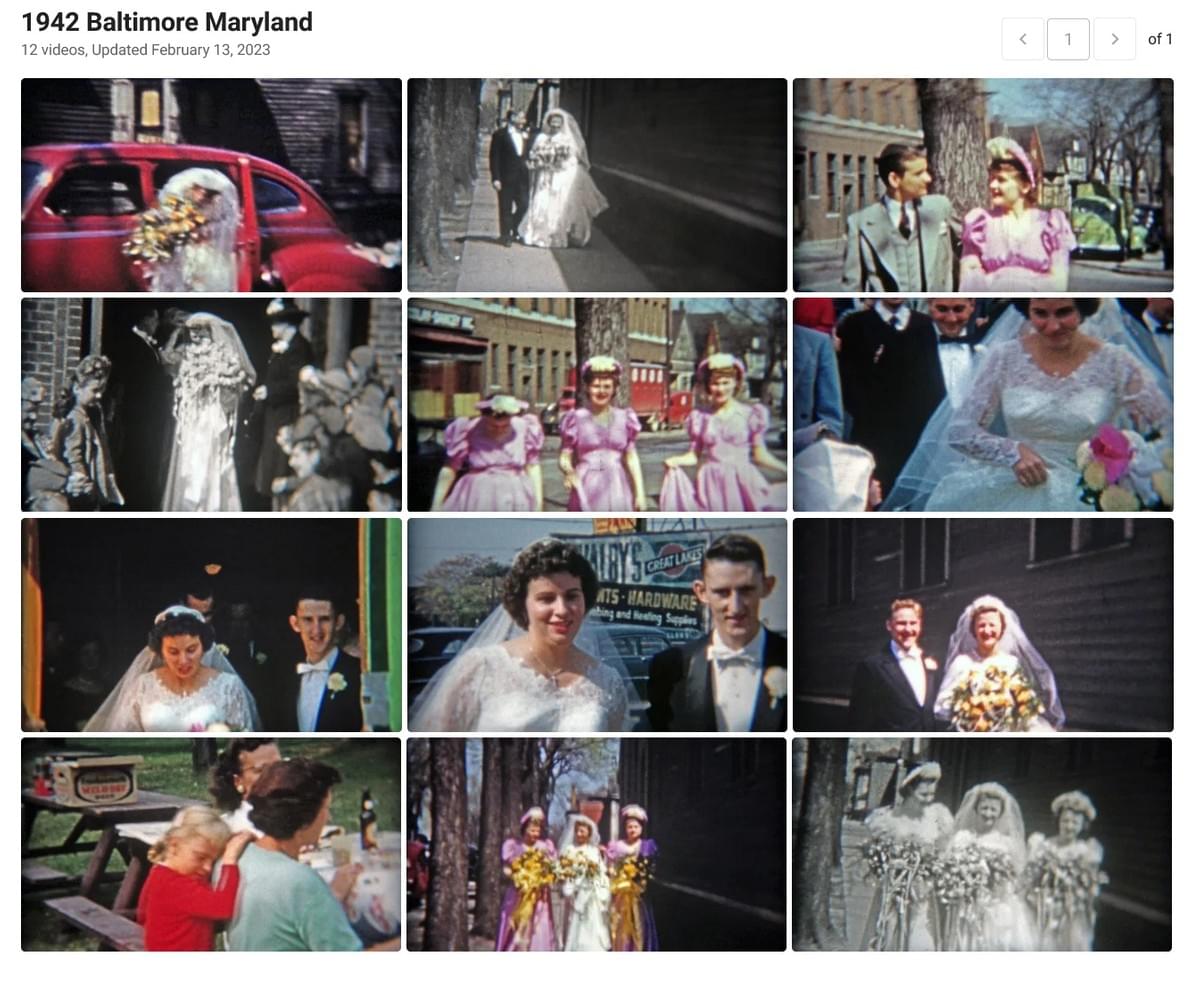
1942 Baltimore Maryland
In 1942, Baltimore was a vibrant and thriving hub where patriotism and industrial development flourished hand in hand. This picturesque East Coast city found itself as one of the primary contributors to the Allied Powers during World War II. From factories that morphed into essential suppliers for war machinery, to its strategic role in hosting military installations like Fort Meade, Baltimore truly stepped up to the plate during one of the most testing periods in modern history.
As the echoes of World War II rumbled across the nation in December of 1941, Baltimore responded with gusto and courage. The Bethlehem-Fairfield shipyard is an excellent example of the spirit of resiliency that prevailed within the city, as it expanded from a humble dockyard to a thriving and indispensable naval equipment manufacturing hub. Thousands of skilled workers flocked to Baltimore from every corner of the country in an effort to secure stable and rewarding careers that would contribute substantially to the nation's war efforts.
Similarly, a local company, Glenn L. Martin, turned its attention to producing military aircraft to aid the nation's airpower needs. Before this switch to the defense sector, the company was known for manufacturing seaplanes and civilian aircraft. Yet, once it converted its capabilities to focus on bombers, it dramatically impacted Baltimore's status as an indispensable force in military machinery production. Over 56,000 workers, among them countless Baltimore residents, became pillars of support in this vital sector.
Baltimore's location also proved to be of vital importance. Ports like Baltimore Harbor bustled with ships transporting military supplies and troops, ensuring soldiers would make their way to their stations in an organized manner. This movement of vessels played an integral role in keeping the momentum of military activities ongoing.
But Baltimore's atmosphere wasn't consumed entirely by wartime manufacturing; the city's culture continued to blossom and play its part in uniting people. Local theaters such as The Hippodrome and The Senator entertained war-weary civilians by showing classic films and featuring live performances that created an escape for many who attended them.
Sports and camaraderie also maintained importance during this time as Baltimoreans formed close bonds with one another through baseball and other games. Particularly noteworthy during this time is the success achieved by Baltimore's Negro league baseball team, The Baltimore Elite Giants, which garnered inspiration and brought people together during challenging times.
Moreover, rationing, victory gardens, scrap metal drives and more played significant roles on the home front during World War II, drawing together members of the community and keeping them focused on the war effort. People recycled precious resources, created their own home grown food sources and banded together in support of their countrymen, family, and loved ones far away. In the face of wartime scarcity and demands, Baltimore families continued to work together to build strength in unity.
From women embracing roles and positions once dominated by men and breaking gender barriers to factories buzzing with productivity and unity, Baltimore found itself encompassed by a remarkable resilience that elevated its position among other vital locations supporting the United States throughout the war. A mixture of courage, hard work, community, culture and strong unity, Baltimore in 1942 served its place in history as an inspiration for all other American cities to strive toward and preserve the hope of unity, strength, and courage through perseverance.Retro clips filmed in Baltimore?
© 2024
